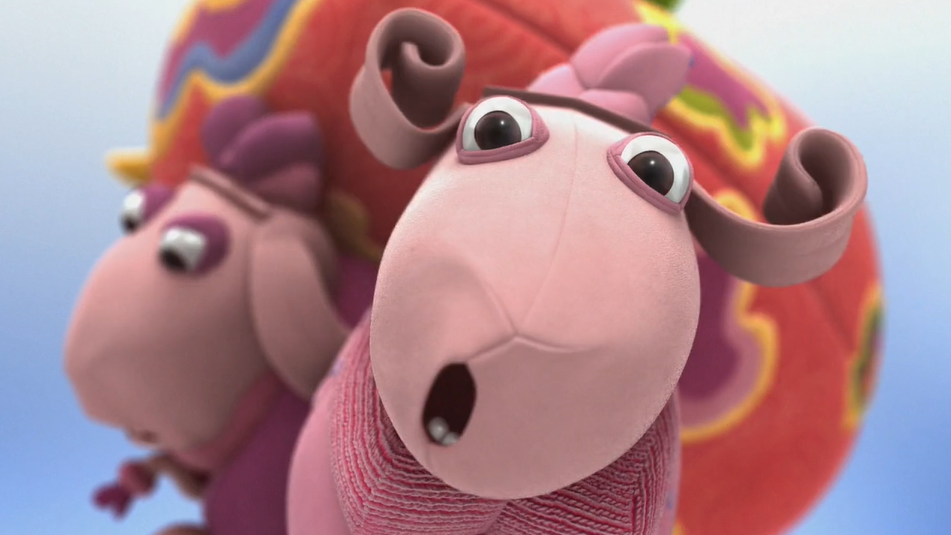Comparing Books and Films
Comparing Books and Films
Once you have been through the Introduction, it’s a good idea to compare films with books. This exercise strengthens literacy skills by drawing parallels between printed and moving image texts.
Book Story
Start with a book the whole class has recently read or a book they are reading as a class. Ask them to identify everything about the book that helps to tell the story:
- structure and organisation (sentences, paragraphs, chapters...)
- style and appearance (typeface, illustrations...)
- cover (design, blurb...)
- language (adverbs, adjectives, imagery...)
On the board make two columns and title this one ‘Book Story’. Write down the answers the class give underneath the title.
Film Story
Start a new column called ‘Film Story’. Discuss how that same story might be told in a film. Think about what a film has that a book does not (and vice versa).
Pupils might name film factors such as actors, sound, moving images and special effects, or they could make some direct correlations such as dialogue as it appears in print and the spoken dialogue in a film.
Telling the Story
Now look more closely at how things like structure, style and mood are used to help tell the story in your chosen book:
- Are the paragraphs and sentences long or short? What effect does this have?
- What happens at the beginning and the end of chapters?
- Can you highlight words that create mood or describe light, dark and colour?
- Can you highlight words that convey pace or describe movement, characters, settings, situations...?
Finally, ask the class how these elements might be portrayed in a film (for example, the action will be fast or slow, a setting will be dark or light, a character might speak rudely, the music might be suspenseful and so on).
Another option would be to use a book that has already been turned into a film which would let you make a more detailed comparison.
You might find it useful to use our Comparing Books and Films worksheet for these exercises.
